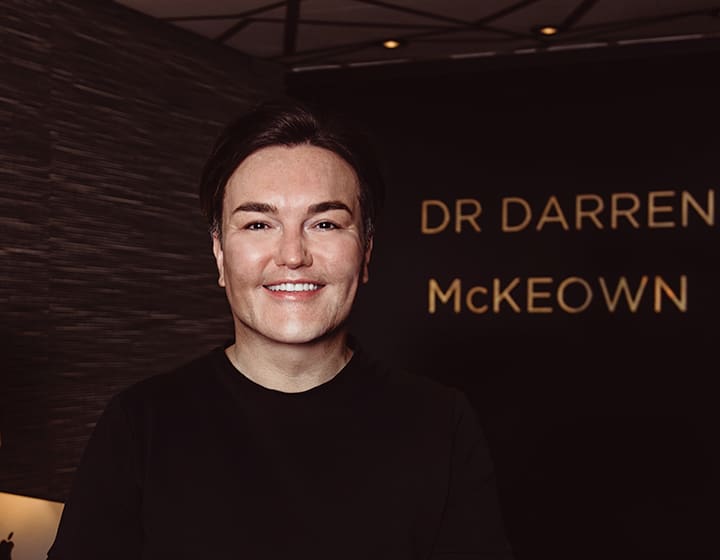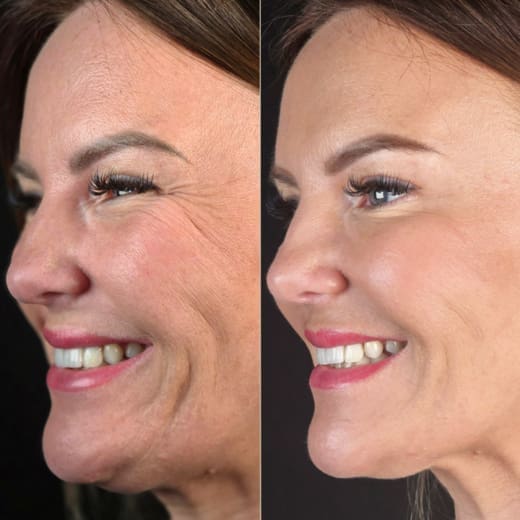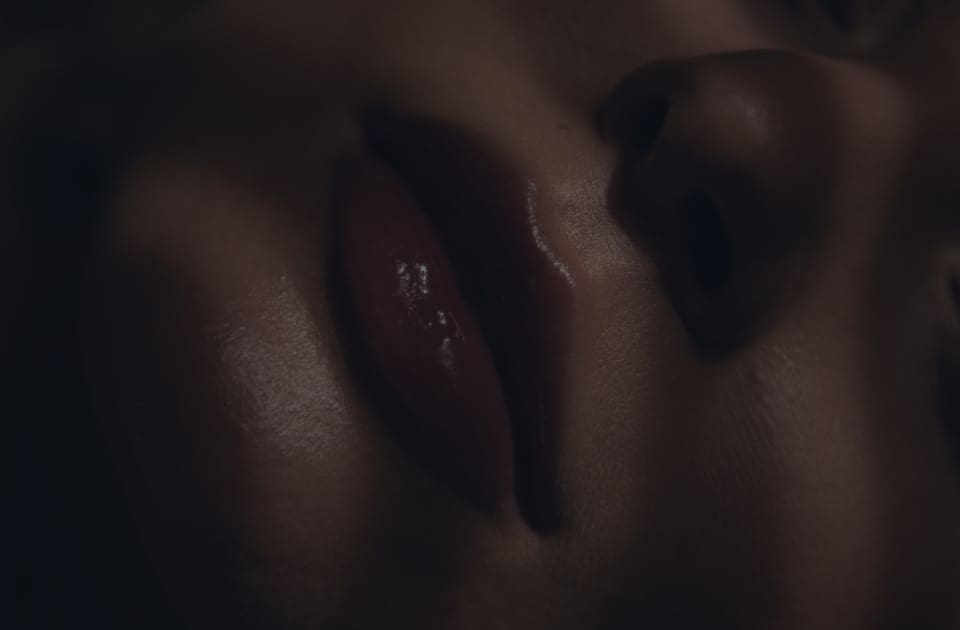McKeown Medical
167 Bath Street, Glasgow, G2 4SQ
Whether you want to treat sun damaged skin or acne scarring, or if you just want smoother, more youthful skin on your face, neck and hands, we have a range of skin treatments at McKeown Medical.
Whether you want to treat sun damaged skin or acne scarring, or if you just want smoother, more youthful skin on your face, neck and hands, we have a range of skin treatments at McKeown Medical.
We use advanced laser technology to target scarring at a deeper level — stimulating new collagen and resurfacing the skin for long-term results.
Our tailored treatments help reduce redness, calm inflammation, and improve skin texture for those living with rosacea.

Dr Rhona Cameron is a skilled injector who has been extensively trained in Dr McKeown’s signature intuitive technique. Her treatments blend advanced facial optimisation with powerful, energy-based devices – such as lasers, BBL and radio frequency – energising the appearance and enhancing skin health. approach; delivering flawless results – and rejuvenation that lasts.

Our founder, Dr Darren McKeown, is renowned for his expertise and artistry with dermal fillers. As a peer-reviewed medical author, he is passionate about treatments that stand up to scientific scrutiny. Above all, Dr McKeown believes in a global approach; delivering flawless results – and rejuvenation that lasts.
1 / 2
2 / 2

Dr Rhona Cameron is a skilled injector who has been extensively trained in Dr McKeown’s signature intuitive technique. Her treatments blend advanced facial optimisation with powerful, energy-based devices – such as lasers, BBL and radio frequency – energising the appearance and enhancing skin health. approach; delivering flawless results – and rejuvenation that lasts.

Our founder, Dr Darren McKeown, is renowned for his expertise and artistry with dermal fillers. As a peer-reviewed medical author, he is passionate about treatments that stand up to scientific scrutiny. Above all, Dr McKeown believes in a global approach; delivering flawless results – and rejuvenation that lasts.

Relfydess is one of the most talked-about and exciting new arrivals in the world of aesthetic medicine — a next-generation...
1 / 3
2 / 3
3 / 3

Relfydess is one of the most talked-about and exciting new arrivals in the world of aesthetic medicine — a next-generation...
Keep up to date with the latest news from McKeown Medical and get access to expert insights, our latest before and afters and exclusive offers.

